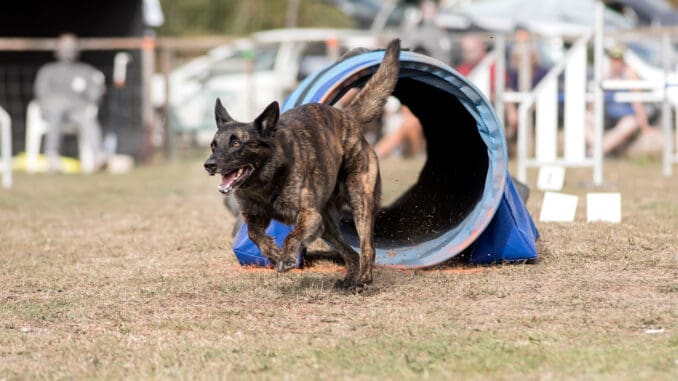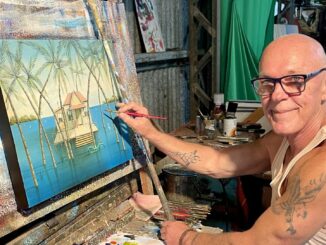
This amazing working dog, still considered very uncommon today, has not changed in temperament or appearance since its origin.
The breed standard dates from 1898, but by 1914 it was decided the Dutch Shepherd should only be brindle in coat colour. Although there are short and long-haired coats.
Brindle colours are patches of striped darker colours on lighter colours, it is a complicated process how the brindle colouring comes about, but basically it arises from one or two allele (version of a gene) that arise by mutation at the same place on a chromosome.
These dogs were originally Jacks of all trades, used for herding and guarding sheep, keeping hens away from the vegetable garden, herding the cows for milking and then they pulled carts with produce to market.
They were trusted with guarding children and alerted the farmer if strangers entered the property. The Dutch Shepherd resembles the Belgian Malinois and German Shepherd dogs because they are cousin breeds and share a close ancestry that has only diverged a little over one hundred and twenty years. However, they are rarer than most other shepherd breeds, yet they are known to be one of the healthiest and easiest to train.
These medium sized dogs are versatile and suitable as police dogs, search and rescue and guide dogs for the blind. They can make good family pets but have high energy and exercise needs and require some structure and training – or purpose. They shed moderately twice a year and their life span is around 11 to 15 years.
Like many European dog breeds they suffered great losses and near extinction during the world wars.
If you decide to purchase a Dutch Shepherd dog, it is crucial to choose a reputable breeder that prioritises the health and temperament of their dogs. Also check dog shelters as it is not unheard of to find an occasional Dutch Shepherd there.



